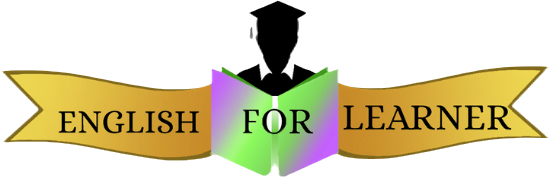
Block City by Robert Louis Stevenson
Word Galaxy
1. Docks: ports
2. Roam: move about or travel aimlessly
3. Kirk: church
4. Vessel: a ship or a large boat.
5. moored: (a boat) tide by a rope to the shore so that it stays in the same place
6. Hark: listen
Q.1 Choose the correct option.
a. In the poem, the poet is …………
i. playing with blocks
ii. hiking up the mountain
iii. sailing on the ocean
iv. travelling by train
b. The events of this poem take place …………
i. on an island
ii. on a ship
iii. in a kirk
iv. inside a house
c. The poet pretends that the ………… is the mountains.
i. blocks
ii. carpet
iii. sofa
iv chairs
d. The ………… come down in an orderly way.
i. steps
ii. vessels
iii. pillars
iv. ships
e. The toy vessels lie safe in the …………
i. palace
ii. bay
iii. mountain
iv. sea
Q.2 Complete the following sentences:
a. Using the blocks, the poet builds castles, palaces, temples and docks.
b. The poet will establish a city for him.
c. The palace becomes great with pillars and walls.
Q.3 Where are the vessels? What does the poet want the people to listen to?
Ans. Some vessels are sailing in the water and some are moored in the bay. The poet wants the people to listen to the song of the sailors on board.
Q.4 Why is the poet happy even if it is raining or others go roaming?
Ans. The poet is happy even if it is raining or others go roaming because he can play with his blocks and make his block city.
Q.5 How does the poet describe the toy vessels?
Ans. There are steps coming down from the tower to the bay where the toy vessels lie safe. One vessel is sailing and the other one is moored. The poet asks us to listen to the song of the sailors on board.
Q.6 Describe the palace as the speaker describes it in the poem.
Ans. The palace is great with pillars and walls and the top of the palace is a sort of a tower.
Q.7 Where is the king standing? What is he doing?
Ans. The king is standing on the steps. He is coming and going with presents and things.
Q.8 What does the carpet become in the poem? What does the poet want to build with his blocks?
Ans. The carpet becomes the sea in the poem. The poet wants to build a kirk, a mill, a palace and a harbour and vessels with his blocks.
Q.9 What happens when the poet finishes playing with the blocks?
Ans. When the poet finishes playing with blocks, he scatters the buildings made by the blocks everywhere. This make it seem as if the town is been destroyed. All the blocks are separated and lie on the carpet as if the destroyed town is lying by the sea.
Q.10 There are two different settings in the poem. One is the original and the other is imagined by the poet. Describe them both.
Ans. The original setting is the poet’s living room where there is a sofa and a carpet. The imaginary setting is the poet’s city which has mountains, sea, harbour, palace, kirk, vessels and steps.
Q.11 State the line of the poem where the speaker asks a question to the reader.
Ans. The line of the poem where the speaker asks a question to reader is – “What are you able to build with your blocks?”
Q.12 Read and answer the questions:
Now I have done with it, down let it go!
All in a moment the town is laid low.
a. What had the poet built and with what?
Ans. The poet had built an imaginary city with his blocks.
b. How has the town been laid low?
Ans. The poet destroys his block city after he finishes playing with it.
c. What had the poet built in his city?
Ans. The poet had built castles, palaces, temples and docks. He had also built a kirk, a mill and a harbour with ships.
d. Give the synonym of the word ‘moment’.
Ans. Instant
